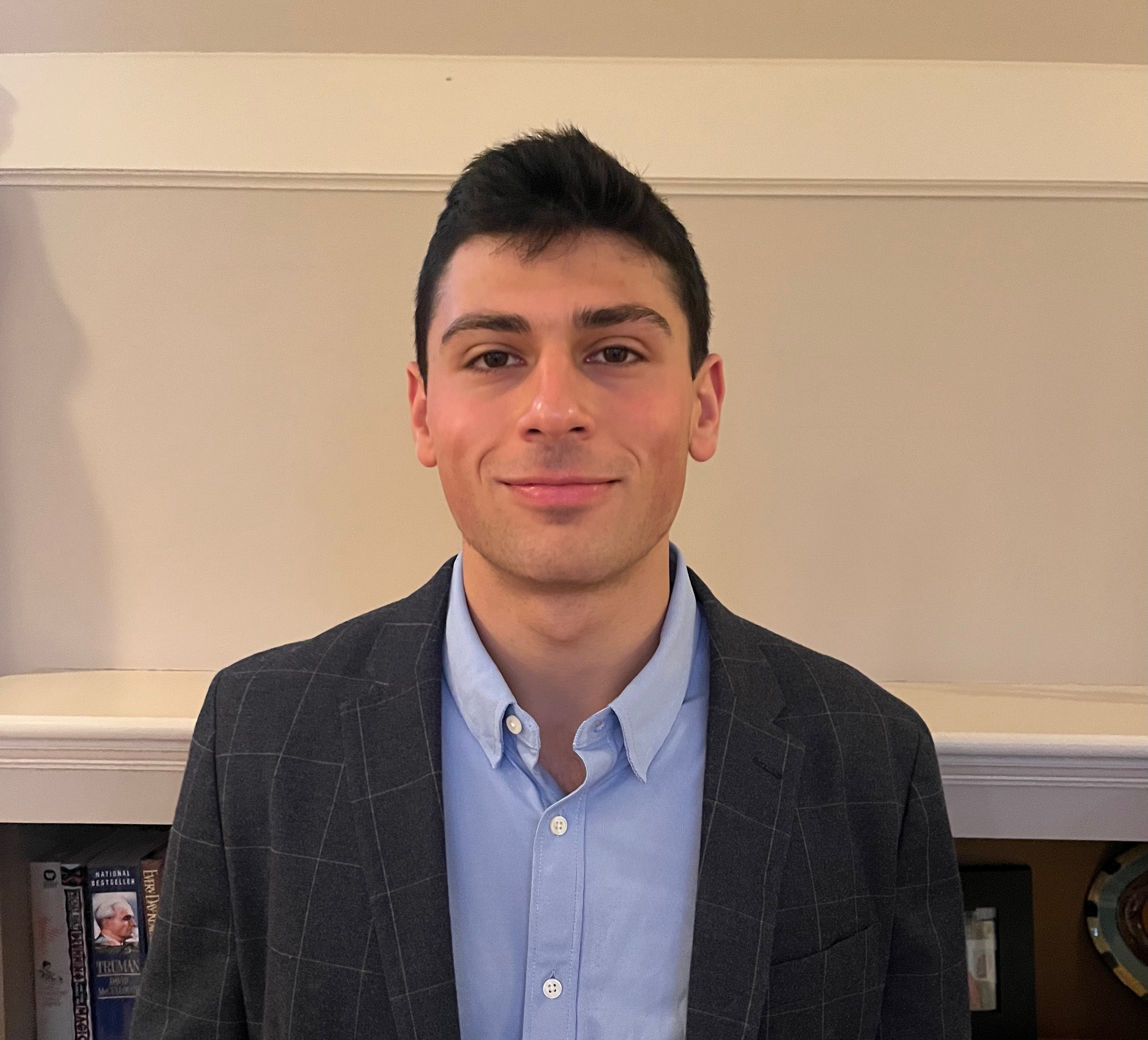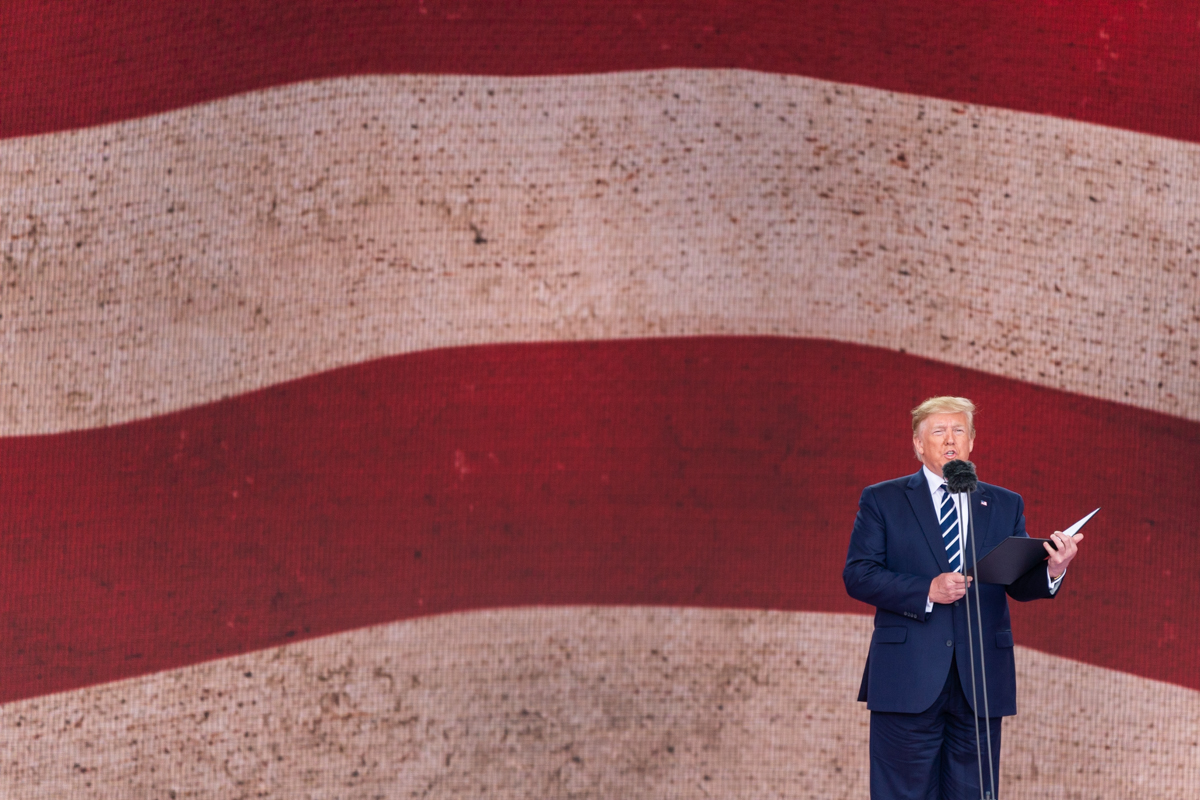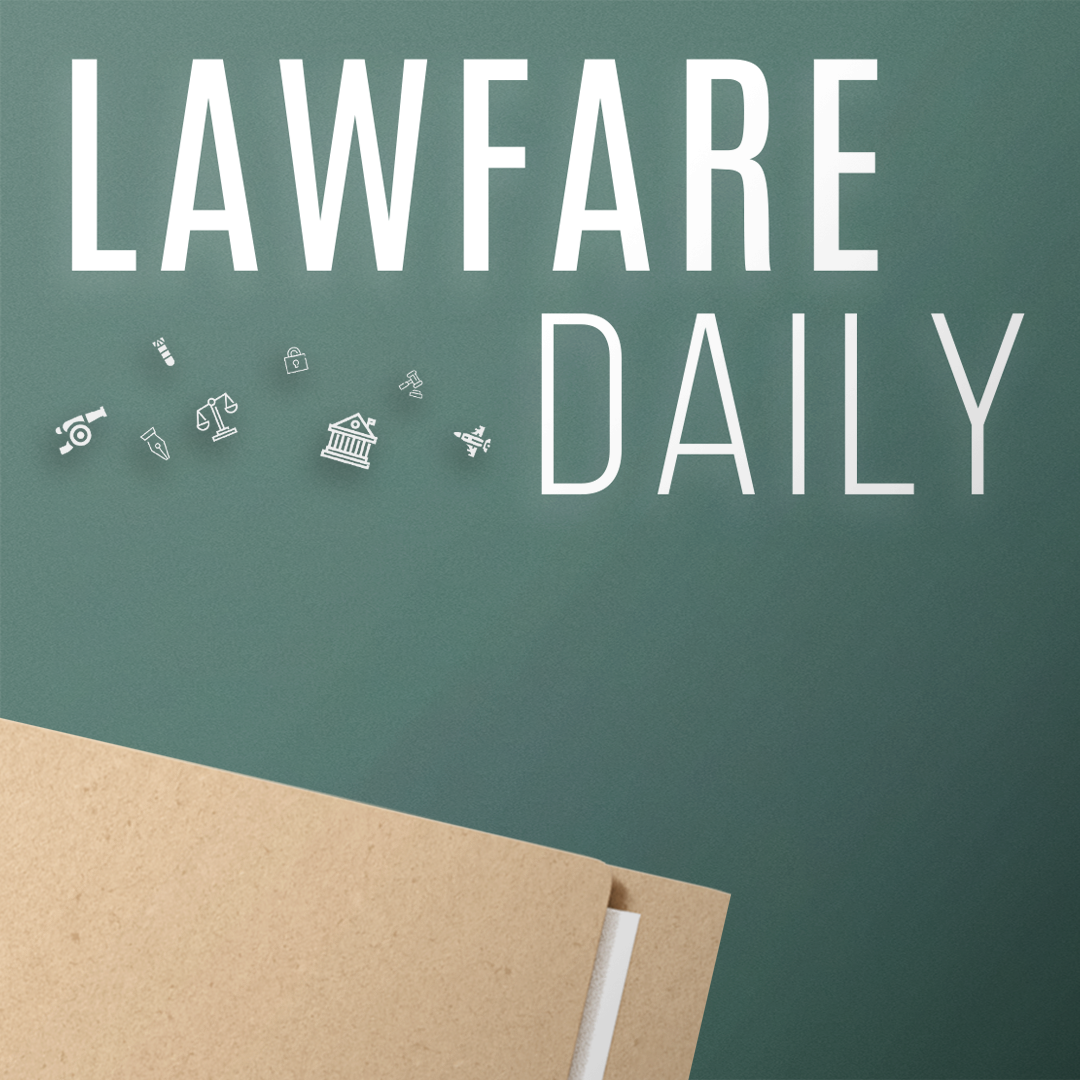Published by The Lawfare Institute
in Cooperation With

♦ Return to Evidence Navigation Page |
Take Me to Point #1 → |
The Jan. 6 select committee held eight public hearings this summer, over the course of which it laid out its findings about the insurrection and the president who fomented it. The presentations were powerful, the recorded interviews compelling, and the rhetoric damning and often electrifying. The theater reviews are in, and the show got raves.
But what’s left after stripping away the set dressing and focusing only on the evidence presented? Specifically, how successful was the committee in proving its case?
In the opening hearing on June 9, Chairman Bennie Thompson described the committee’s ambitions as follows: to provide “a true accounting of what happened [on Jan. 6] and what led to the attack on our Constitution and our democracy.”
Vice Chair Liz Cheney said the committee would present a “seven-part plan overseen by President Donald Trump to overturn the 2020 election.” Committee members spelled out aspects of this plan in their various presentations.
In other words, the committee’s hearings should—at least in our view—be adjudged a success from an evidentiary point of view to precisely the extent that they would convince a reasonable person of the seven points the committee declared it would prove:
- Trump attempted to convince Americans that significant levels of fraud had stolen the election from him despite knowing that he had, in fact, lost the 2020 election;
- Trump planned to remove and replace the attorney general and other Justice Department officials as part of an effort to pressure the department to spread his allegations of election fraud;
- Trump worked, in Cheney’s words, “to pressure Vice President Mike Pence to refuse to count electoral votes on January 6th”;
- Trump tried to convince state lawmakers and election officials to alter election results;
- Trump’s lawyers and other members of the president’s team directed Republicans in multiple states to produce fake electoral slates and send those slates to Congress and the National Archives;
- Trump assembled a destructive group of rioters in Washington and sent them to the U.S. Capitol; and
- Trump ignored requests to speak out against the violence in real time and failed to act quickly to stop the attack and tell his supporters to depart the Capitol.
To summarize briefly: The first hearing, on June 9, presented an overview of the evidence the committee collected, so it offered a bit of material in several of these baskets and sketched out the evidence members intended to present in a bunch of others.
The second hearing, on June 13, was focused almost entirely on establishing the first point.
The third hearing, on June 16, covered Trump’s pressure campaign directed at Pence.
The fourth hearing, on June 21, outlined Trump’s efforts to push state lawmakers and election officials to change election results and generate fake electoral slates.
The fifth hearing, on June 23, detailed Trump’s initiative to convince senior Justice Department officials to publicly support his claims of election fraud—and his effort to decapitate the Justice Department when they refused.
The sixth hearing, a surprise hearing held on June 28, focused on allegations made by former White House aide Cassidy Hutchinson—who discussed the behavior of Trump and those close to the president on Jan. 6 and the days surrounding the insurrection.
The seventh hearing, held on July 12, dealt with right-wing extremist groups and President Trump’s role in summoning them to Washington for the Jan. 6 riot.
And the eighth hearing centered on exactly what President Trump was doing—and not doing—in the hours that surrounded his supporters’ attack on the Capitol.
In this piece, we lay out the evidence the committee has presented on each of the seven points that make up its argument.
Note that these seven points are emphatically not the elements of any known crime, though they may overlap with any of several crimes in important respects. Note as well that the committee did not follow the federal rules of criminal or civil procedure in determining the admissibility of evidence. So it would be a mistake to assume that if the committee has established its case, that translates into anything for purposes of either criminal or civil liability.
Rather, the committee in these hearings told a story with the seven points as its chapter headings. The public, in turn, gets to decide just how convincing that story was.
What follows is our effort at a distillation of the material presented and an evaluation of its power.
♦ Return to Evidence Navigation Page |
Take Me to Point #1 → |






.png?sfvrsn=48e6afb0_5)

